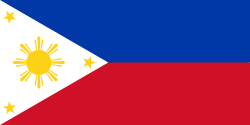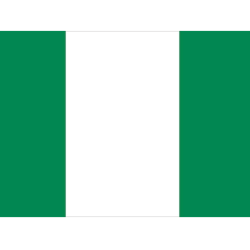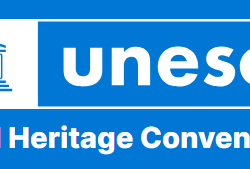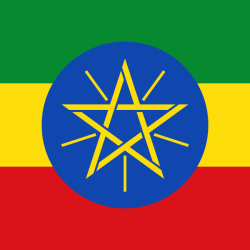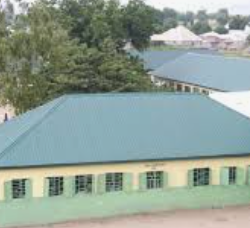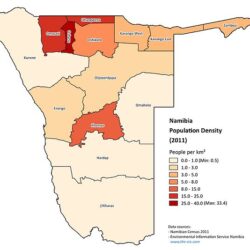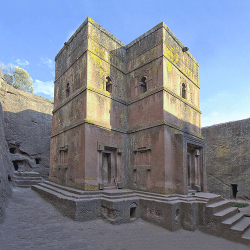Khomas Region Namibia is the most populous and economically significant area in the country. Learn about its demographics, infrastructure, education, and more.
Nestled at the heart of the nation, Khomas Region Namibia serves not only as a geographic center but also as the beating heart of the country’s administrative, cultural, and economic life. It is anchored by Windhoek, the capital city of both the region and the nation, making Khomas unique in its dual role as a regional and national hub.
Despite occupying just 4.5% of Namibia’s total land area, Khomas is home to 494,605 people, according to the 2023 National Census. This accounts for 16.2% of Namibia’s population, making it the most densely populated region in the country.
Strategic Importance and Infrastructure
The location of Khomas at the nation’s center has long influenced its development. Windhoek, being the capital, draws in government activities, foreign embassies, corporate headquarters, and non-governmental organizations.
Its transportation infrastructure is unmatched in Namibia. Khomas serves as the main transit point for:
- Air travel, through Hosea Kutako International Airport.
- Rail transport, linking major southern and northern towns.
- Road transport, with highways that radiate out to other regions.
This strategic positioning boosts trade, business logistics, and mobility—elements essential for national growth.
Topography and Environment
Unlike the arid plains that dominate much of Namibia, Khomas is known for its hilly countryside and interspersed valleys. This topography not only offers scenic views but also affects how settlements and infrastructures are developed. The varied elevations support more temperate climates, making the area attractive for both locals and expatriates.
Administrative Divisions and Governance
Khomas is subdivided into 10 constituencies, which include:
- Katutura Central
- Katutura East
- John Pandeni
- Khomasdal North
- Tobias Hainyeko
- Samora Machel
- Windhoek East
- Windhoek West
- Moses ǁGaroëb
- Windhoek Rural
Each constituency plays a vital role in local administration, service delivery, and community development. Governance and regional planning are coordinated by the Khomas Regional Council, headquartered at:
📍 Pullman Street 6688, P.O. Box 3379, Windhoek, Namibia
📞 +264 (061) 292 4444
📠 Fax: +264 61 220 317
📧 Email: pr@khomasrc.gov.na
Educational Excellence and Institutions
The Khomas Region is the educational powerhouse of Namibia. With 100 schools and over 73,302 pupils, it leads in student enrollment and literacy promotion. Major universities, including the University of Namibia (UNAM) and the Namibia University of Science and Technology (NUST), are headquartered in Windhoek. These institutions not only attract students from other regions but also from neighboring countries.
The region also boasts a robust network of:
- Vocational training centers
- International schools
- Public and private tertiary institutions
This makes it a top destination for education seekers.
Economic Activity and Business Landscape
Being the most economically active region, Khomas is the financial and commercial nerve center of Namibia. It hosts:
- Headquarters of major banks and corporations
- Government ministries and agencies
- A thriving tourism and hospitality industry
From bustling shopping malls to industrial parks and business hubs, Khomas offers immense opportunities for both local entrepreneurs and foreign investors.
Key Economic Contributors:
| Sector | Contribution |
|---|---|
| Government Services | High |
| Education & Training | Significant |
| Tourism | Thriving |
| Real Estate | Growing |
| Transportation | Central Role |
Cultural and Social Life
Khomas also shines as a cultural hotspot. It is home to:
- The National Theatre of Namibia
- Independence Memorial Museum
- Local art galleries and music venues
These platforms promote Namibian heritage and provide entertainment options for residents and tourists alike.
Challenges and Development Opportunities
Despite its advantages, Khomas faces several challenges including:
- Urban sprawl and housing shortages
- Pressure on water and electricity supply
- Traffic congestion during peak hours
However, the regional council and national government are investing heavily in infrastructure upgrades, affordable housing projects, and sustainable development strategies to address these issues.

FAQs About Khomas Region Namibia
1. What is the population of Khomas Region Namibia?
As of the 2023 census, the population is 494,605, making it the most populous region in Namibia.
2. Why is Khomas Region important?
It houses the capital city Windhoek, serves as the center of government, education, transportation, and business.
3. How many schools are in Khomas Region?
There are 100 schools with over 73,302 pupils enrolled.
4. What is the capital of Khomas Region?
Windhoek, which is also the national capital of Namibia.
5. How many constituencies are in Khomas?
The region has 10 constituencies for administrative and political representation.
6. What is unique about Khomas’ geography?
It features a hilly landscape with valleys, making it environmentally distinct within Namibia.
Khomas Region Namibia is more than just a population center—it is the driving force behind the country’s progress. From governance to education, business to infrastructure, the region leads in almost every measurable domain. As Namibia moves toward Vision 2030, Khomas is expected to continue setting the pace for national development.

